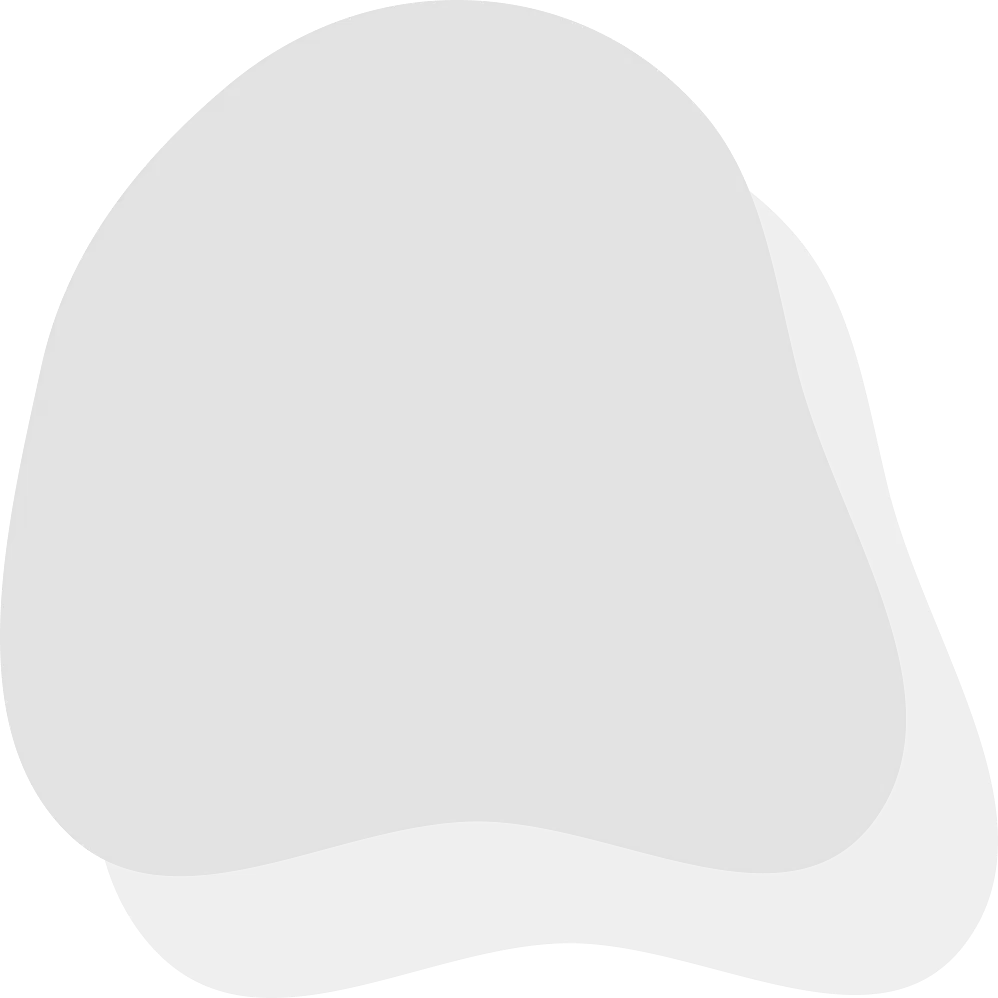The perimeter shows how far it is around a shape. Once kids can spot sides, label lengths, and add with purpose, word problems and real-life tasks (fences, frames, tracks) get way easier. If a step gets sticky, pair practice with the kid-safe AI Homework Helper (an AI math helper that models one similar example instead of just giving answers).
What Is a Perimeter?
Perimeter is the total distance around a 2D shape.
Add all the sides: P=s1+s2+s3+…P = s_1 + s_2 + s_3 + \dotsP=s1+s2+s3+…
Units matter: centimeters (cm), meters (m), inches (in), feet (ft).
Formulas you’ll use a lot:
Rectangle: P=2(ℓ+w)P = 2(\ell + w)P=2(ℓ+w)
Square: P=4sP = 4sP=4s
Triangle (any): P=a+b+cP = a + b + cP=a+b+c
Regular polygon: P=n×sP = n \times sP=n×s (number of equal sides × side length)
Composite (L-shapes): outline the outside only, don't count shared interior edges twice.
Skill-by-Skill Breakdown (What to Learn First)
1) Read a Side Label (and Add Cleanly)
Goal: Identify sides, match units, and add. Try it: A 5-sided walkway with sides 3 m, 4 m, 2 m, 4 m, 3 m → 16 m.
2) Use the “Perimeter Shortcuts”
Goal: Apply common formulas quickly. Try it: Square side 7 cm → 4×7=284 \times 7 = 284×7=28 cm. Rectangle ℓ=9\ell=9ℓ=9 m, w=2w=2w=2 m → 2(9+2)=222(9+2)=222(9+2)=22 m.
3) Find the Missing Side
Goal: Use structure to deduce an unlabeled edge. Try it: Rectangle P=30P=30P=30 cm, w=7w=7w=7 cm → 2(ℓ+7)=30⇒ℓ=82(\ell+7)=30 \Rightarrow \ell=82(ℓ+7)=30⇒ℓ=8 cm.
4) Composite (L-Shape) Perimeter
Goal: Trace the outline; ignore interior seams. Tip: Lightly color the outside path before adding.
5) Perimeter vs. Area (Don’t Mix Them)
Goal: Know which question is being asked. Check: Perimeter = border length, Area = space inside.
Before independent work, let learners request one modeled example of today’s skill using the AI-powered homework helper.
A One-Week Practice Plan
Meet Zoe (Grade 3–4 bridge). She knows rectangle formulas but gets stuck on L-shapes and missing sides.
Mon: Add-all-sides practice (mixed shapes, same units).
Tue: Rectangle/square shortcut fluency (10 items).
Wed: Missing-side problems from total perimeter.
Thu: Composite (L-shape) tracing + calculating.
Fri: Word problems (fences, frames, tracks): choose a formula or add all sides. If she stalls, she can ask the AI homework helper to model one similar problem and then finish the set.
When to Practice What
Daily warm-ups (8–12 min): 6–8 items (mix of labels + one word problem).
Re-teach days: show one worked example; then 4–6 high-quality problems.
Checks: quick exit ticket: “Find the missing side” or “Is this perimeter or area?”
Challenge: regular polygons (n×s), mixed units, or scale drawings.
Tips for Parents & Teachers
Model one, then release. Trace the border, label sides, add.
Ask, don’t tell. “Which edges are we counting?” “Same units?”
Visuals win. Outline the outside path with a highlighter.
Language cue: “Perimeter = Path around.”
Quick Practice Sets (with mini answer keys)
Set A: Add All Sides
Sides: 6 cm, 4 cm, 6 cm, 4 cm → P=P=P= ___
Sides: 3 m, 5 m, 2 m, 5 m, 1 m → P=P=P= ___ Answers: 20 cm; 16 m
Set B: Rectangle / Square
ℓ=12\ell=12ℓ=12 m, w=4w=4w=4 m → P=P=P= ___
Square, s=9s=9s=9 cm → P=P=P= ___ Answers: 32 m; 36 cm
Set C: Missing Side
Rectangle perimeter 30 cm, width 7 cm → length ___ cm
Square perimeter 44 cm → side ___ cm Answers: 8 cm; 11 cm
Set D: Composite (L-shape)
Outline lengths: 6 m, 2 m, 3 m, 4 m, 3 m, 2 m → P=P=P= ___ Answer: 20 m
Set E: Regular Polygons
Regular hexagon, side 5 cm → P=P=P= ___
Regular octagon, side 3 in → P=P=P= ___ Answers: 30 cm; 24 in
Perimeter of a Shape: Easy Formulas (Free Practice)
Step-by-step examples + printable practice sets with mini answer keys. Download Free PDF
FAQs About Perimeter
What’s the fastest way to teach perimeter?
Trace the outside, label, check units, then add or use the rectangle/square shortcuts when applicable.
How many problems per day?
6–10 focused items plus one sentence explanation (“I traced the outside and added: …”) keeps confidence high.
How do I help without giving the answer?
Ask: “Which edges count?” “Any missing side we can deduce?” If needed, let them watch one modeled example with the AI helper, then finish independently.
The Final Word
Perimeter “clicks” when students can see the border, label clearly, and choose the right strategy (add all sides vs. use a shortcut). Keep sessions short, visual, and reflective.
Pair these perimeter steps with quick explain-backs and a kid-safe AI study helper that can model one similar problem on demand.




